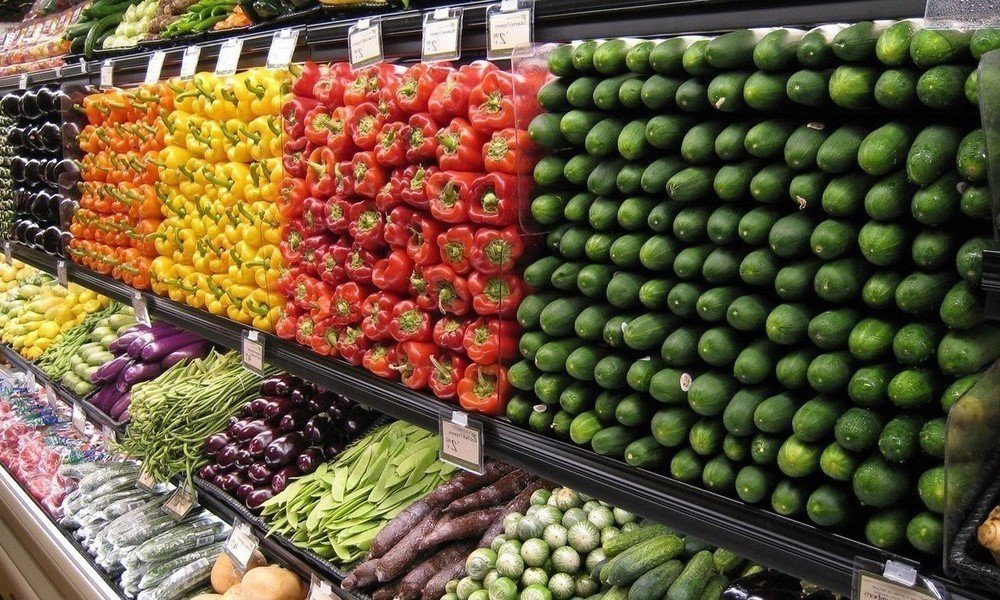Latin America and the Caribbean are two of the poorest regions in the world, yet a report by the United Nation’s Food and Agricultural Organization (FAO) has found that they lose or waste up to 348,000 tons of food every day, enough to feed some 37 percent of the world’s hungry.
According to Bernama, the staggering figure is one of the reasons why it’s so difficult to achieve the FAO’s sustainable development objectives (SDO) in the two regions, which were established by in 2015. The goal is to reduce food waste by half by 2030, both at the retail and consumer level and in production and distribution chains.
The organization warns that unless the figure is reduced by 50 percent, there will be no progress made towards those objectives, and the region will continue to have a low standard of living.
Regional governments have established a network of experts, a regional strategy, and a regional alliance to prevent and reduce food losses and waste. Costa Rica and the Dominican Republic, in particular, have created National panels to deal with the issue, while Argentina, Brazil, Chile, Colombia, Saint Vincent, Mexico, Uruguay, Peru, and The Grenadines have discussed similar initiatives.
A U.N. estimate committee has calculated that the sheer amount of food waste in Latin America could feed over 37 percent of the global population suffering from hunger, or roughly 300 million people. That’s around the number of people living in the United States!
Argentina alone wasted 16 million tonnes of food in 2015, representing 12.5 per cent of the national agro-food production.
The FAO acknowledges that Brazil, Costa Rica, Chile, Colombia, and the Dominican Republic have made significant advances to reduce food waste. Let’s hope the other countries in Latin America and the Caribbean follow suite.














